The concept of urban identity has long been explored through architecture, cuisine, and cultural landmarks. Yet there exists an often overlooked dimension of place-making - the olfactory signature of cities. Across the globe, metropolitan areas are developing distinct scent profiles that linger in the memory as powerfully as visual postcards. These geographic fragrance maps are now inspiring an innovative textile movement: location-specific aromatic fabrics that tell stories through smell.
In Singapore, textile engineers have captured the humid greenery of Gardens by the Bay in a revolutionary moisture-wicking fabric. The material releases subtle notes of tropical orchids and rain-drenched ferns when exposed to body heat, creating what local designers call "wearable weather." This isn't mere perfuming - microscopic capsules containing essential oils from actual garden specimens are woven into the fiber structure. The effect transports wearers to specific walking paths where researchers collected botanical samples.
Parisian textile houses have taken a different approach with their Bois de Boulogne collection. Rather than replicating perfumery, they've embedded fabric with the woody, slightly smoky aroma of chestnut trees that line the historic park. The scent activates through friction, meaning garments release more fragrance with movement - an intentional design choice evoking strolls along autumn pathways. Critics initially dismissed the concept as gimmicky until Chanel incorporated the technology into their iconic tweed jackets, creating what fashion editors now call "haute odor."
Meanwhile, Tokyo's synthetic biologists have developed perhaps the most technically advanced iteration. Their fabric doesn't just carry scent but evolves throughout the day. A morning commute triggers crisp green tea and clean laundry notes; afternoon wear releases subtle tones of street food yakitori; evening wear shifts to cherry blossom and hot spring minerals. This circadian scent technology uses body temperature and pH changes to guide its olfactory narrative.
The challenges of such innovations are as complex as their potential. Dubai's attempt to capture the scent of desert winds mixed with oud required eighteen months of research. Traditional perfume fixatives couldn't withstand textile manufacturing processes until developers created ceramic scent capsules durable enough to survive industrial weaving yet fragile enough to break under human touch. The result - a fabric that smells faintly of sun-warmed sand when at rest but blooms with spice market intensity when handled.
New York's fashion tech startups are approaching urban scent mapping with data-driven precision. Using decade-old smell diaries from immigrants arriving at Ellis Island, they've recreated the lost olfactory landscape of early 20th century Manhattan - a blend of harbor brine, roasting chestnuts, and newsprint. This historical reconstruction exists in limited edition scarves where different fabric panels release layered scents when brushed together, creating what the designers term "olfactory collage."
Ethical considerations emerge alongside these innovations. The University of Barcelona recently published concerns about "scent appropriation" - the extraction and commercialization of culturally significant aromas without community involvement. Their research highlights how the distillation of Mumbai's chai wallah fragrance into mass-produced shawls divorced the scent from its social context. In response, some manufacturers are establishing scent equity partnerships, sharing profits with local growers and artisans whose aromatic traditions inspire textile lines.
The military potential of such fabrics has already drawn government interest. Imagine uniforms that could mask human scent in combat situations or emergency response gear carrying calming lavender notes for crisis scenarios. More whimsically, tourism boards envision entire scent wardrobes - wearable souvenirs that allow travelers to physically carry their destination's essence home. A Copenhagen-based startup already offers knitwear infused with the exact yeast and hops aroma of local microbreweries.
As this technology matures, we're witnessing the birth of an entirely new sensory language in fashion. These aren't perfumed fabrics but rather textile-based scent experiences that interact dynamically with wearers and environments. The next frontier? Fabrics that don't just emit scents but absorb and remember them, creating evolving aromatic profiles unique to each owner's life journey. In Milan, prototype "memory silk" already exists that gradually incorporates the wearer's personal perfumes alongside its original city scent.
The implications extend beyond fashion into urban planning and public health. Could hospitals use calming neighborhood scents in patient gowns to reduce stress? Might future smart cities coordinate their olfactory identities through municipal textiles like bus seat covers or park banners? The intersection of scent mapping and textile innovation suggests we're only beginning to understand how deeply smell shapes our sense of place - and how literally we might wear our urban identities in years to come.

By /Jul 16, 2025

By /Jul 16, 2025

By /Jul 16, 2025

By /Jul 16, 2025

By /Jul 16, 2025
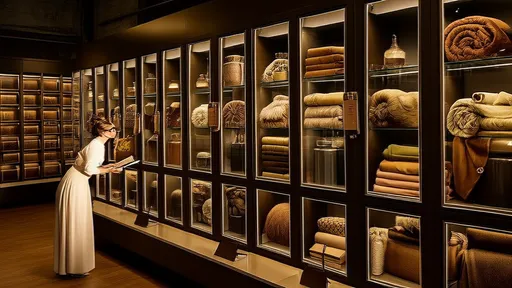
By /Jul 16, 2025
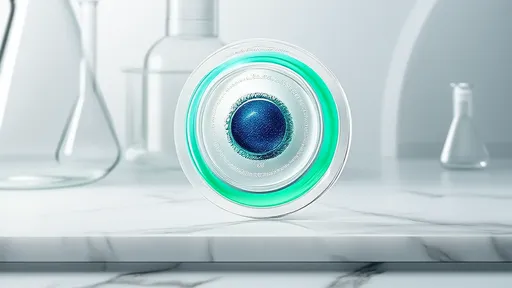
By /Jul 16, 2025

By /Jul 16, 2025

By /Jul 16, 2025
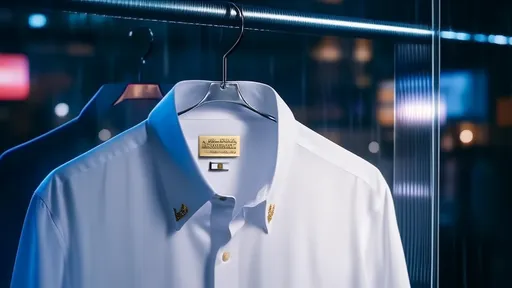
By /Jul 16, 2025

By /Jul 16, 2025
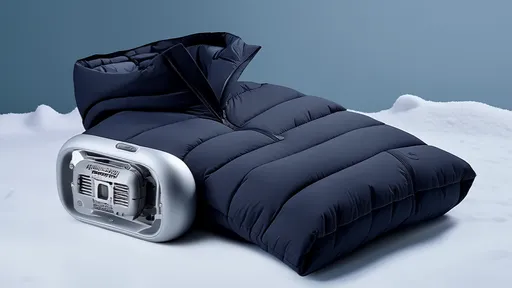
By /Jul 16, 2025
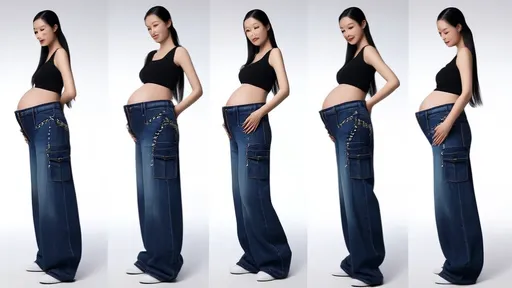
By /Jul 16, 2025

By /Jul 16, 2025
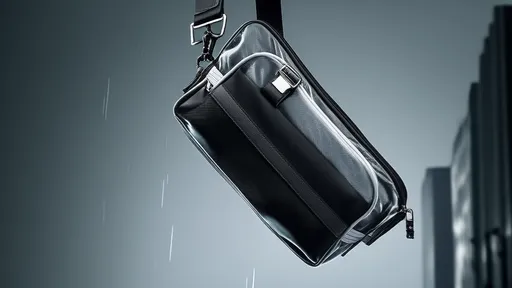
By /Jul 16, 2025
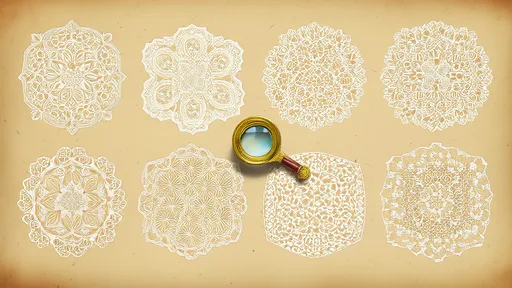
By /Jul 16, 2025
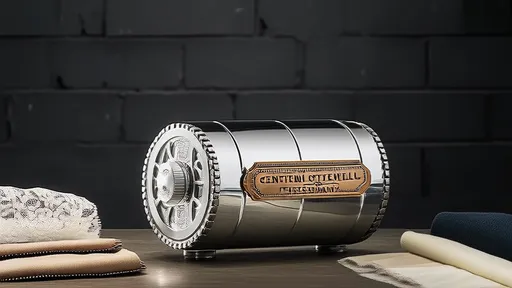
By /Jul 16, 2025

By /Jul 16, 2025